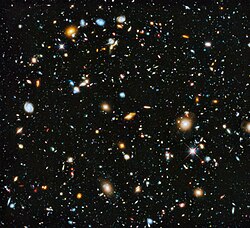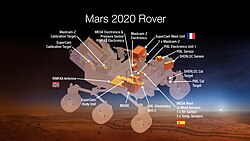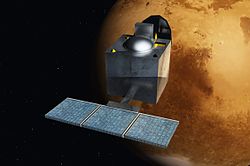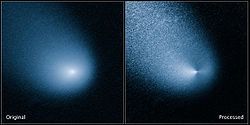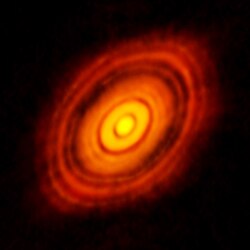| List of years in science |
|---|
| (table) |
| 2014 in science |
|---|
| Fields |
| Technology |
| Social sciences |
| Paleontology |
| Extraterrestrial environment |
| Terrestrial environment |
| Other/related |

A number of significant scientific events occurred in 2014, including the first robotic landing on a comet and the first complete stem-cell-assisted recovery from paraplegia. The year also saw a significant expansion in the worldwide use and sophistication of technologies such as unmanned aerial vehicles and wearable electronics.
Contents
- Events, discoveries and inventions
- January
- February
- March
- April
- May
- June
- July
- August
- September
- October
- November
- December
- Undated
- Deaths
- See also
- References
- External links
The United Nations declared 2014 the International Year of Family Farming and Crystallography. [1]









